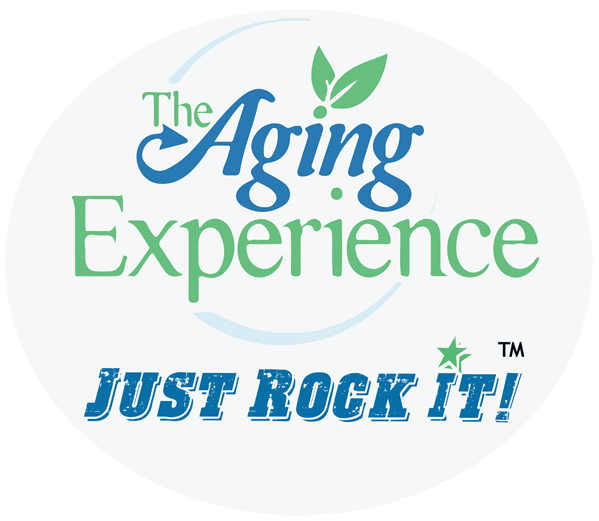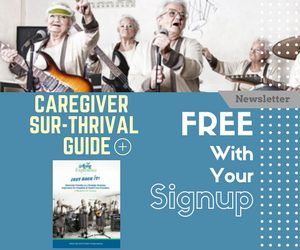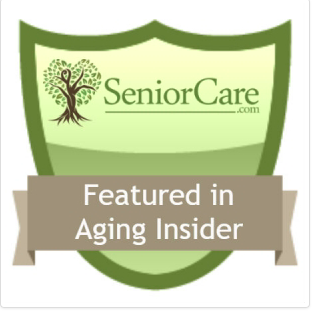National Alzheimer’s Plan Finalized
[embed_youtube”420″ height=”315″ src=”http://www.youtube.com/embed/FSST3MSDz1c”]
5 Cool Ways Health Clubs are Shrinking SeniorsÛª Waistlines
the only company that pays Americans cash to lose weight while offering social
and expert-based support, tools and resources, and goal-setting and tracking
technologies to address our nationÛªs obesity epidemic and improve AmericaÛªs collective health.
åÊåÊåÊåÊåÊåÊåÊåÊåÊåÊåÊ
2. Kicking Members Out. For outdoor fitness, that is.åÊ Some health clubs are utilizing their external real estate to promote fitness activities al fresco. Club owners are realizing that many people get bored with the indoor offeringsÛÓeven depressed or deterredÛÓso they are offering running and cycling clubs, parking lot boot camps and spin classes, and more.åÊ
5. Patriotism Personified. While military discounts are nothing new in the business landscape, full-scale, week-long national programs offering completely free benefits to any and all active, reserve and retired military members, and their families, throughout the U.S. is wonderfully above and beyond the norm. This is exactly what one large national change is doing, for five consecutive years having provided complimentary week-long club access to AmericaÛªs extensive number of active, inactive and retired military personnelÛÓand dependentsÛÓin observance of Veterans Day.åÊ This same sentiment-oriented national health club chain also celebrates ÛÏActive Aging WeekÛ by offering free week-long workouts for older adults age 50 or above.
National Alzheimer’s Plan Presented
- Research ÛÒ The funding of new research projects by the National Institutes of Health (NIH) will focus on key areas in which emerging technologies and new approaches in clinical testing now allow for a more comprehensive assessment of the disease. Two major clinical trials are being funded. One is a $7.9 million effort to test an insulin nasal spray for treating AlzheimerÛªs disease. A second study is the first prevention trial in people at the highest risk for the disease.
- Tools for Clinicians ÛÒ The Health Resources and Services Administration has awarded $2 million in funding through its geriatric education centers to provide high-quality training for doctors, nurses, and other health care providers on recognizing the signs and symptoms of AlzheimerÛªs disease and how to manage the disease.
- HHSÛª new website, www.alzheimers.gov, offers resources and support to those facing AlzheimerÛªs disease and their friends and family.
- Awareness campaign ÛÒ The first new television advertisement encouraging caregivers to seek information at the new website was debuted.
This funding will be extremely important especially in light of one recent study that found that one-third of Alzheimer’s disease diagnoses were incorrect. Researchers working on the Honolulu-Asia Aging Study ÛÓ an ongoing study that’s been in progress since 1991 ÛÓ have been studying the brain changes caused by Alzheimer’s and other forms of dementia. When pathologists studied the brains of 852 men diagnosed with Alzheimer’s, they found that the diagnosis was wrong in one-third of the time; correct one-third of the time; and partially wrong one-third of the time, the Detroit Free Press reported.
“Pulling these things apart and the need for a real diagnosis — that’s important so people can live the best quality of life as possible for as long as possible,” Jennifer Howard, executive director of the Alzheimer’s Association’s Michigan Great Lakes Chapter, told the Free Press.
Howard recommends consultations with interdisciplinary team with both geriatricians and neurologists to gain more accurate diagnoses.
For more information on the national plan to address AlzheimerÛªs disease, visit: www.alzheimers.gov.
To read the National Plan to Address AlzheimerÛªs Disease, visit http://aspe.hhs.gov/daltcp/napa/NatlPlan.pdf.
Acupuncture Can Help COPD (VIDEO)
[embed_youtube”420″ height=”315″ src=”http://www.youtube.com/embed/7Hb91S1P3rE”]
Acupuncture Can Help COPD
 |
| Could help COPD! |
As with most studies, the researchers called for further study! Check with your doctor.









